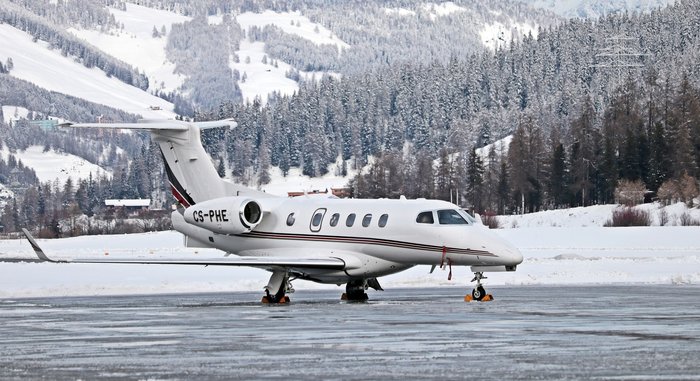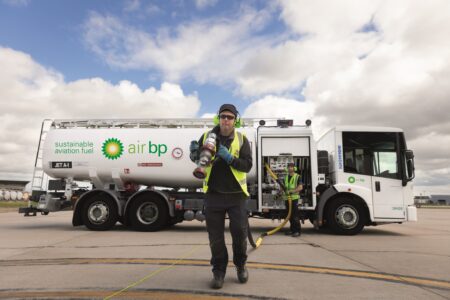Brian Foley, president of Brian Foley Associates, considers the scope for business aviation growth in 2019, the importance of emerging markets and the monetary value of business jets.
If one subscribes to trade association estimates, business aviation contributes US$150bn yearly to the US economy and provides 1.2 million jobs. From this perspective, it matters how the sector is expected to perform this year and beyond.
Before hazarding a guess as to what happens in 2019 and beyond, some perspective is useful. In 2008, the number of new business jets delivered worldwide numbered an unsustainable 1,300 units, not a very high-volume business even in the best of times. Following the Great Recession, deliveries dwindled to around half that amount and have stubbornly remained there through today. Thus, anything to the upside after nearly a decade of flat deliveries would be more than welcome.
I anticipate that things will indeed change for the better this year as brand-new models, which tend to excite the market and cause a spurt of sales, begin to enter the market. These spanking-new ships include the G500 and G600 from General Dynamics’ Gulfstream division, Global 7500 from Bombardier and Citation Longitude from Cessna, a Textron Aviation company. Hence, I feel 2019 will be a better year than last as these additional jets move the needle upwards on overall industry delivery values and units. However, several factors question the sustainability of this increase.
For example, emerging markets, which once accounted for 40% of all business jet deliveries, are struggling and account for just 15% today. As a whole, Asia, Latin America, Europe, the Middle East and Africa are displaying a relative weakness for now. That leaves the North American powerhouse, principally the US, to drive the market. However, there is growing evidence that its current economic strength won’t last forever as the stock market, consumer sentiment and other metrics begin to suggest otherwise, and with increased talk of a recession looming somewhere around the corner.
Another dampener on new business jet sales is that they now depreciate quickly like new cars do as soon as they’re driven off the lot, except that a new jet price could easily cost US$35m while a new automobile costs perhaps US$35,000. Like a car, in 5 years that jet will be worth just 50% of its new value, for a whopping equity loss of over US$17m. This has taken the market some getting used to since, just 10 years ago, it wasn’t unheard of for a plane to rise in value after 5 years due to simple supply and demand economics. Today, though, there’s an active fleet of close to 22,000 business jets worldwide according to aircraft data provider AMSTAT, a more than ample supply which now causes private jets to depreciate just like other capital goods.
In summary, 2019 results could easily see upwards of a 10% boost over 2018 driven primarily by the impact of several new jet models simultaneously coming to market. However, the duration of the upturn will be challenged as the novelty of the new aircraft wears off and economic reality sets in.
About:

Since 2006, Brian Foley Associates (BRiFO) has helped aerospace firms and investors with strategic research and guidance.





